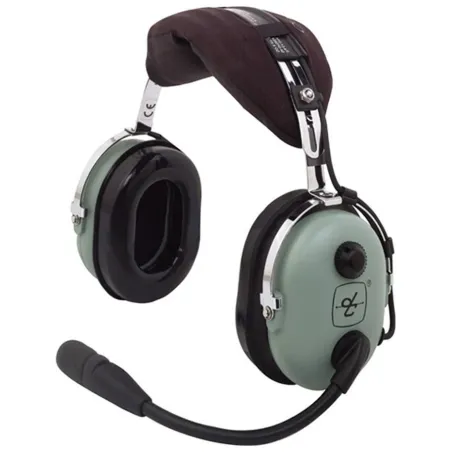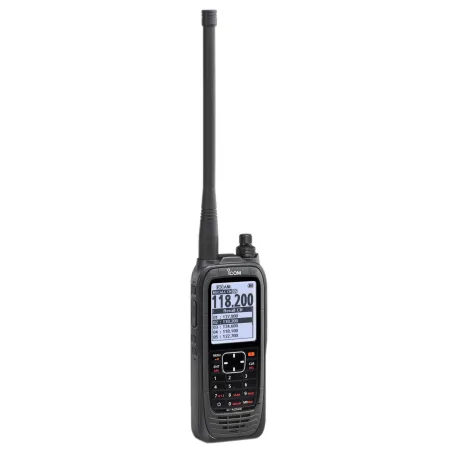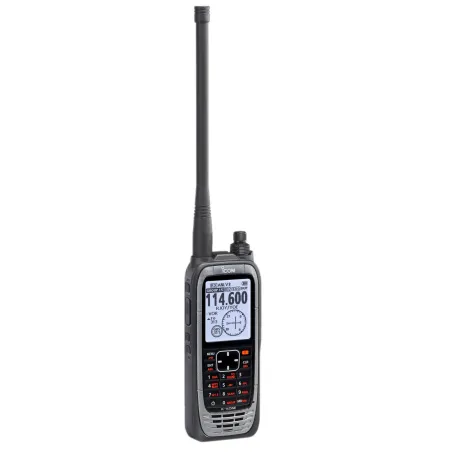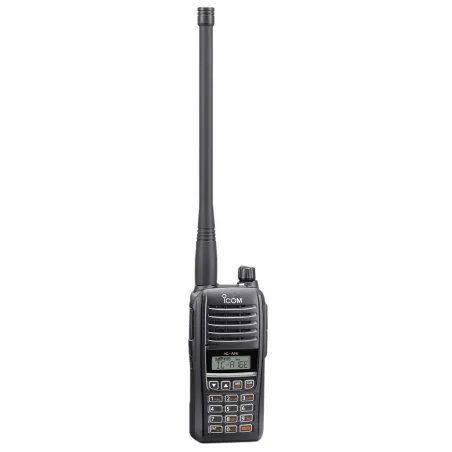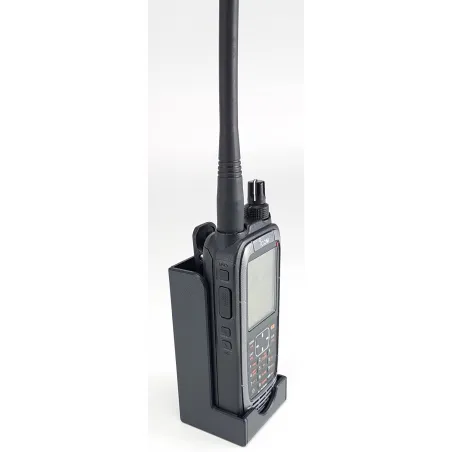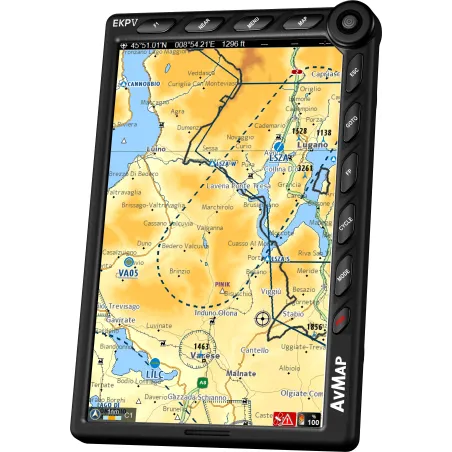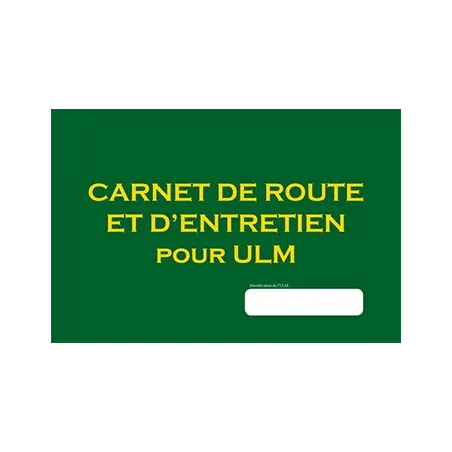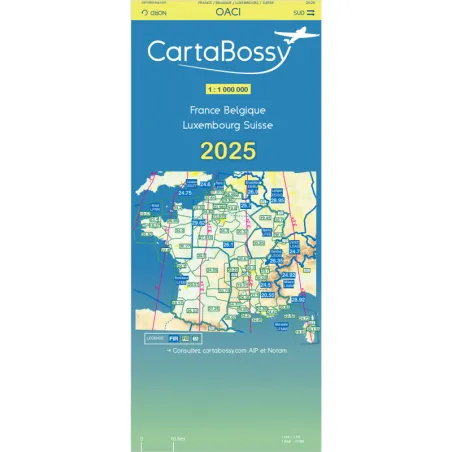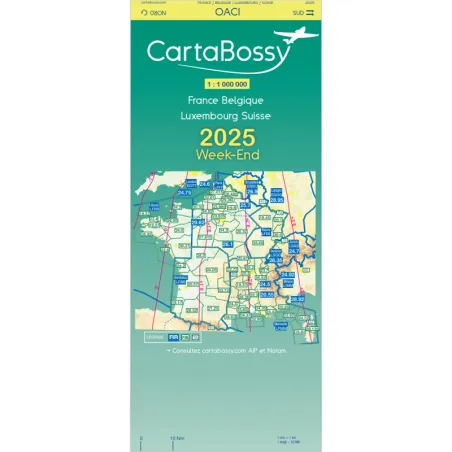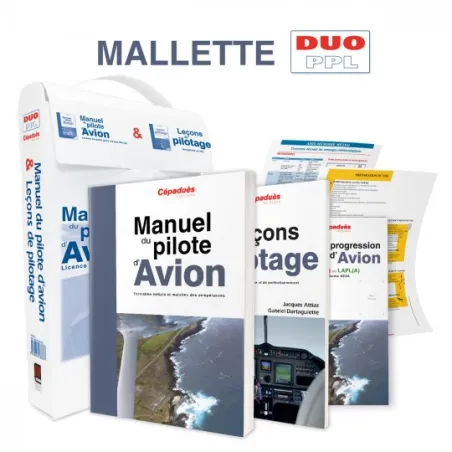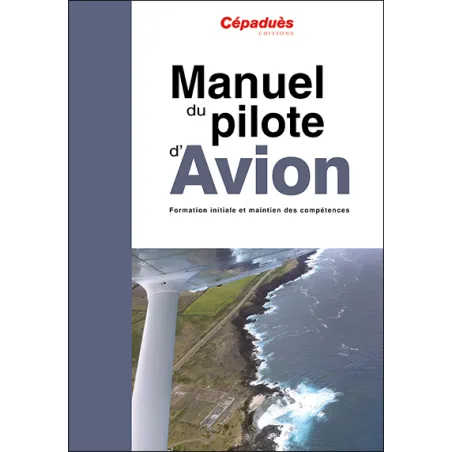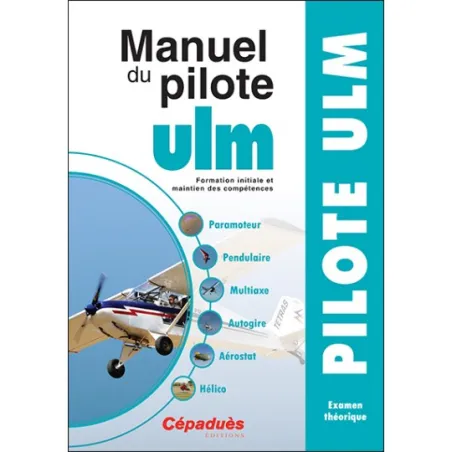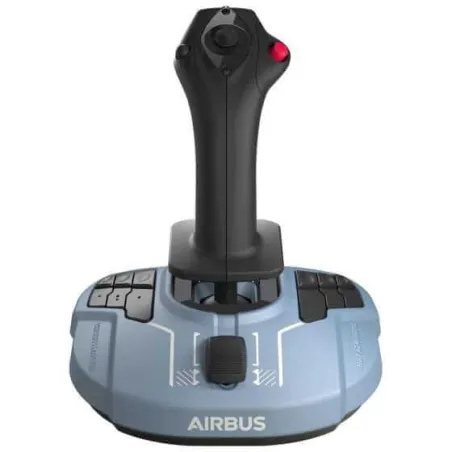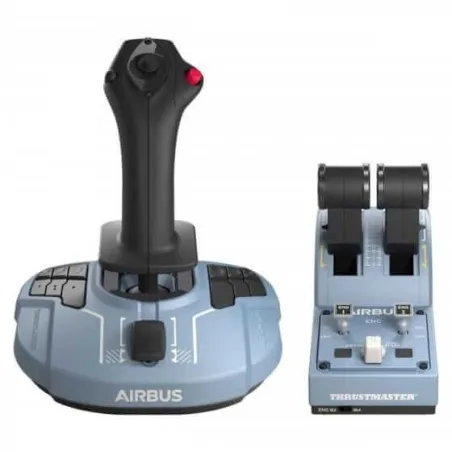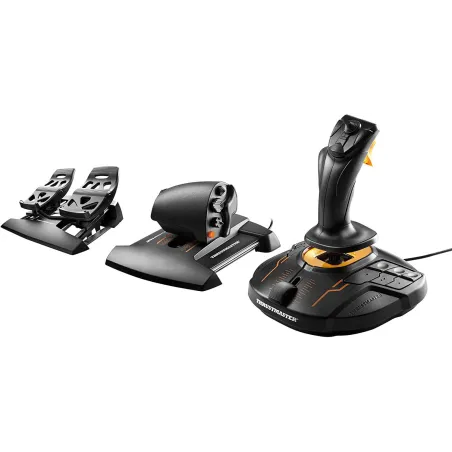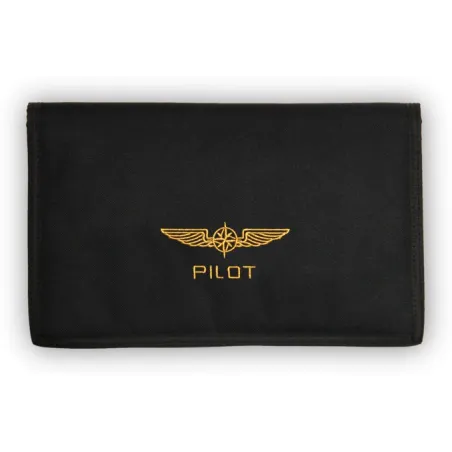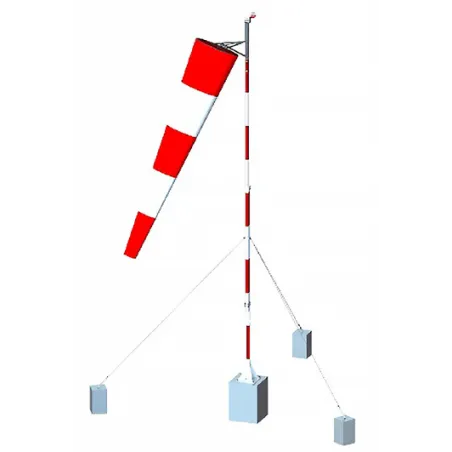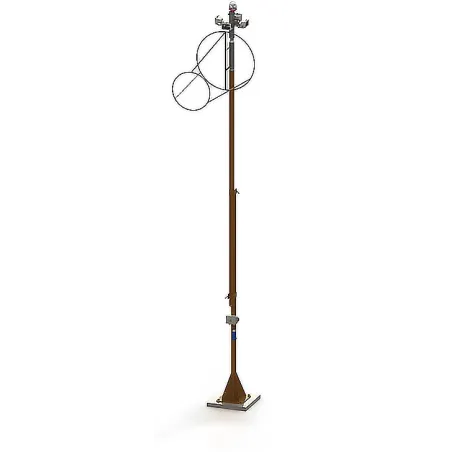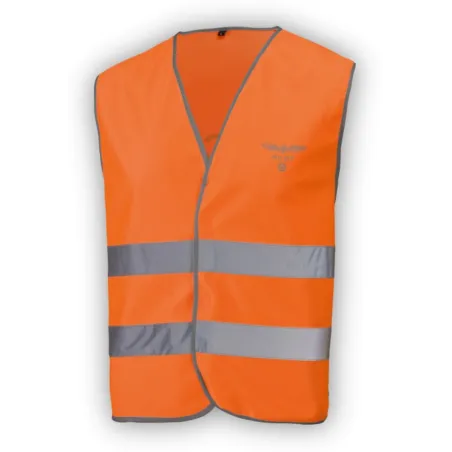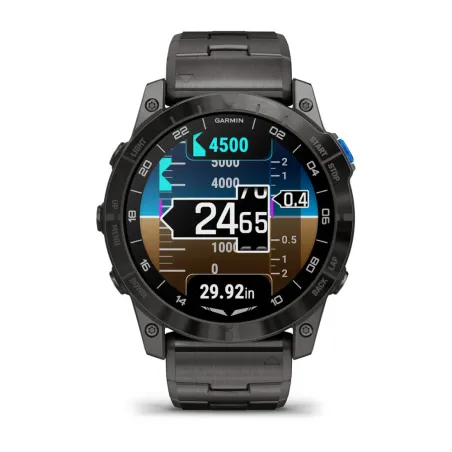Aviation: which career is right for you?
Categories :
Aeronautical training
, BAYO
The aerospace industry is a constantly evolving sector that is once again experiencing strong growth after a few years of turbulence. This market creates millions of jobs worldwide and continues to attract talent seeking to belong to a professional elite.
The sector appears even more exciting as it faces enormous challenges in the context of ecological transition and international decarbonization goals for the economy.
While these challenges belong to the industrial sector and its engineers, the aviation professions continue to spark numerous vocations. The imagination of the aeronautical adventure still makes people dream. But beyond the dream, what are the careers it offers, and how can one enter this field? Let's take a closer look at the question.
Aviation, yes, but which aviation?
Do you dream of piloting a fighter jet or taking care of passengers as a flight attendant or steward? Hands in the engine mechanics or overseeing the landing strips from the top of a control tower? Do your heroes come from "Top Gun" or "Sully"?
Depending on your answers, you can already start to orient yourself towards one of the different branches of the sector, which can be divided into three areas: commercial aviation, general aviation, and military aviation.
Commercial aviation is the most visible part of aviation activity. It includes all the planes you board to go on vacation to a nearby country or to the other side of the world, or to negotiate business if you are already in the professional world... unless, of course, you're a rich businessman. In short, commercial aviation encompasses passenger airlines and freight transport. This branch notably employs pilots and co-pilots, flight attendants, and air traffic controllers.
If we move to general aviation, we find all civil aviation activities other than commercial transport. This includes sports or recreational aviation, aerial work, business aviation... Small Cessnas for amateur pilots or private jets for the wealthy, business aircraft for multinational companies, aviation clubs or parachuting clubs... This area is very diverse and will attract professionals such as private pilots, flight instructors, and aircraft mechanics.
Then, there is the most mythical: military aviation. In the wake of the Patrouille de France (concerning our country), you will find, of course, combat planes and helicopters equipped with offensive weapons: whether fighter jets for aerial combat or aircraft equipped for ground attacks. But also all the support aircraft category. Unarmed or only equipped with defensive weapons, they can have very diverse uses: reconnaissance or surveillance patrols, troop or equipment transport, aerial refueling, paratrooper drops, and don't forget the planes reserved for instruction and training. Professionals in this branch are, of course, military personnel, whether they are pilots, mechanics, or instructors.
What skills for which jobs?
Of course, each of these many jobs requires qualifications, training, and certifications, technical and behavioral skills, which will differ depending on your chosen orientation. And these will help you make those choices. Let's go over them.
The prestige of the airline pilot
Let's start with the prestigious profession of airline pilot, which includes captains and co-pilots. Let’s remember that the pilot, for each flight, does not start their shift when they enter the cockpit, but must also carefully prepare and plan their flight beforehand, because safety imperatives place them in a position of very high responsibility. Apart from navigation know-how, they must have a perfect understanding of technical, meteorological, geographical data, etc.
The job requires exceptional physical and mental resilience: sleepless nights, time zone changes, and safety pressure are part of the daily routine. And since all communications, whether with the control tower, other aircraft, or even passengers, are done in English, the airline pilot must also be bilingual.
To become a pilot, you must hold the European pilot’s license or ATPL (Airline Transport Pilot Licence), which can be obtained through two different routes: the state pathway or the private pathway.
The state civil aviation pathway is part of the highly selective National School of Civil Aviation (ENAC), accessible through three exams: one after completing a year of higher education for candidates with no prior aviation knowledge, and two other exams for those with theoretical knowledge (EPL/U exam) or both theoretical and practical knowledge (EPL/P exam). Prestigious and free, this pathway selects very few students out of many candidates. Needless to say, it only accepts the brightest.
The private pathway, which requires payment, includes about fifty schools recognized by the DGAC and trains professional pilots who can then become airline pilots. These schools offer integrated ATP training in two years to follow full-time training, or modular training that allows you to complete qualifications one by one, alongside your main activity, as we had detailed in this article.
Pilot outside airlines
These trainings will also lead you to other pilot careers: private pilots are in charge of smaller planes and can have very diverse employers other than airlines. Their flights may have either tourist or professional purposes, transporting passengers over long distances or within a nearby range, and carrying out missions as diverse as dropping parachutists, moving wealthy people, spraying, or doing humanitarian missions...
In any case, while the scale is smaller and less prestigious than piloting an Airbus, the required qualities are the same: rigor, responsiveness, and a strong sense of responsibility, to ensure maximum safety under all circumstances.
Cabin crew: a more accessible dream
Alongside the pilots, the crew of an airliner also includes "commercial flight personnel," that is, flight attendants and stewards: a job that also makes people dream, more accessible, but still carries significant responsibility.
These personnel are in charge of the well-being and safety of passengers, under the responsibility of a cabin chief. Employed by an airline, they take care of passengers from the check-in of luggage, through boarding, and throughout the flight. They serve them, ensuring their comfort and safety, checking the equipment’s proper functioning, serving meals and drinks, etc.
To become part of the commercial flight personnel of an airline, you can either go through a training organization or directly with an airline that trains its own teams. In both cases, you will need to obtain the Cabin Crew Attestation (CCA), a state diploma issued by the General Directorate of Civil Aviation (DGAC). The course includes three weeks of theoretical training and six days of practical training.
Required conditions: have at least a high school diploma, be of legal age, and know how to swim. Mastery of English is also essential. Skills in hospitality or experience working abroad are highly appreciated.
Air traffic controller: calm under pressure
The air traffic controller's mission is to regulate aircraft traffic, both at altitude and near their home airport. From their control tower, they guide pilots at all hours and in all weather conditions, connected to the aircraft via radio.
To do this, they constantly analyze a multitude of information that allows them to specify, in real-time, when an aircraft can take off or land, and which runway to use. They issue take-off, landing, and overflight clearances for their sector, identify, advise, and guide aircraft crossing their sector.
But they also have to handle emergency situations. They may need to alert a pilot to difficulties in their sector or on the runways. And in case of extreme situations, they will activate emergency procedures. Each case is unique, so this role requires a lot of calm, responsiveness, and the ability to analyze data and options in a complex context. In other words, it combines a sharp sense of responsibility and scientific knowledge, as any misjudgment can have dramatic consequences.
These skills are complemented, like in other aviation jobs, by good physical condition to withstand pressure and irregular hours, and mastery of the ubiquitous English language.
It is interesting to note that French air traffic controllers are civil servants. They work at an airport or one of the five regional control centers located in Aix-en-Provence, Athis-Mons, Bordeaux, Brest, and Reims.
They graduate from ENAC with a bac+5 level, after entering through an exam at bac+2.
Flight instructor: the foundation of the profession
For there to be pilots, there must necessarily be people to teach them the trade. These are the flight instructors. If you have a passion for teaching as well as aviation, this profession is definitely made for you.
The instructor accompanies the trainee pilots throughout their training, from their very first steps to obtaining their highest diplomas and certificates. They teach theory and practical handling of the aircraft and its instruments, and stand by the student during practical training. They are also responsible for evaluating and qualifying the student's skills.
It goes without saying that the instructor must first hold a pilot’s license and have at least 150 flight hours as a captain. But they will also need to obtain a qualification certificate added to their license. This qualification is obtained after about a five-week course at ENAC or a private training center. This last part of the training is not an additional improvement of piloting skills; it is focused on pedagogy and the transmission of the profession.
Mechanic: goal zero breakdowns
Completely different from the instructor’s world is that of the maintenance mechanic. Like a car mechanic, they know everything about the machines entrusted to them and can work on anything from a landing gear to the inner workings of an engine or cockpit.
But we easily understand that for an aeronautical mechanic, the job is essentially about preventing breakdowns. They play a key role in prevention, maintenance, and inspection, strictly following protocols set by the manufacturers.
They play a fundamental role in the safety of crews and passengers. For commercial aircraft, work is done in teams, with specializations and double checks. If they work on smaller aircraft, the mechanic is more versatile. But in all cases, their skills are varied, with an increasing amount of computing involved, and a necessary mastery of English to read technical documentation.
The job requires rigor, logic, and care, as well as solid analytical skills to diagnose and understand breakdowns. It also requires a constant updating of technical knowledge, in order to adapt to the evolution of the aircraft they are responsible for.
However, their skills will differ depending on whether they work on the tarmac, where they need to quickly and rigorously perform aircraft checks on planes landing and taking off, or in a maintenance and repair hangar, where work is more detailed and thorough. For example, did you know that Bayo is part of an international group with very efficient MRO services for large aircraft fleets? We also have an aeronautical hangar in Auvergne, at Clermont-Aulnat Airport, for private aircraft maintenance. These are just a few of NSE's specialties, but our recruitment page may inspire you...
At the controls of a combat aircraft
This is the elite of the elite. Serving the Air Force and their country, the fighter pilot ensures a mission of defense and security. They are trained for dangerous missions. Their major assets: unshakable calm and excellent physical condition.
Even more than for commercial aviation, the selection is tough, as there are only 3,500 in France who can execute these missions. Their role: to be able to destroy enemy aircraft in war zones where the French Air Force is present, but also to conduct surveillance missions to detect potential intrusions of unknown aircraft and intercept them.
Military pilots
Share this content
Please log in to rate this article






